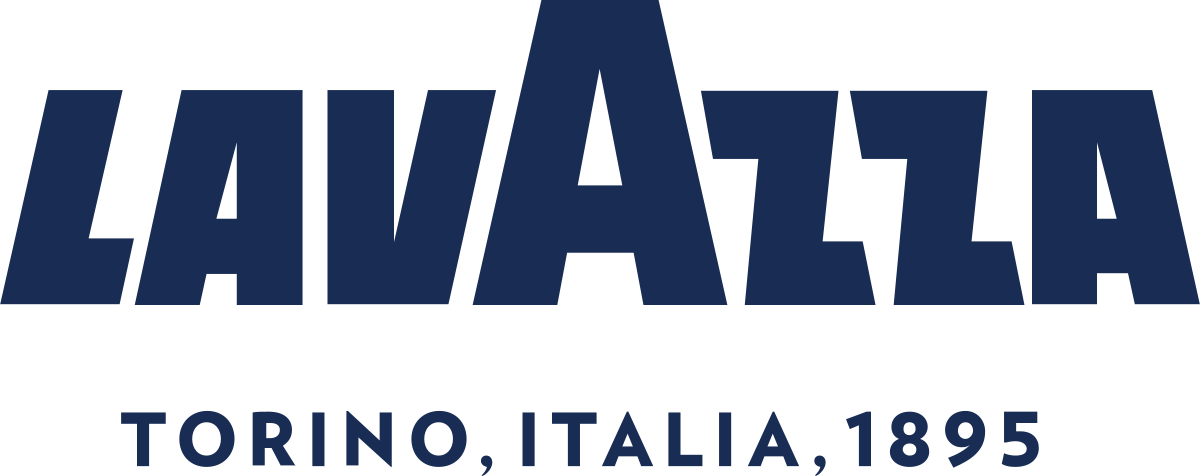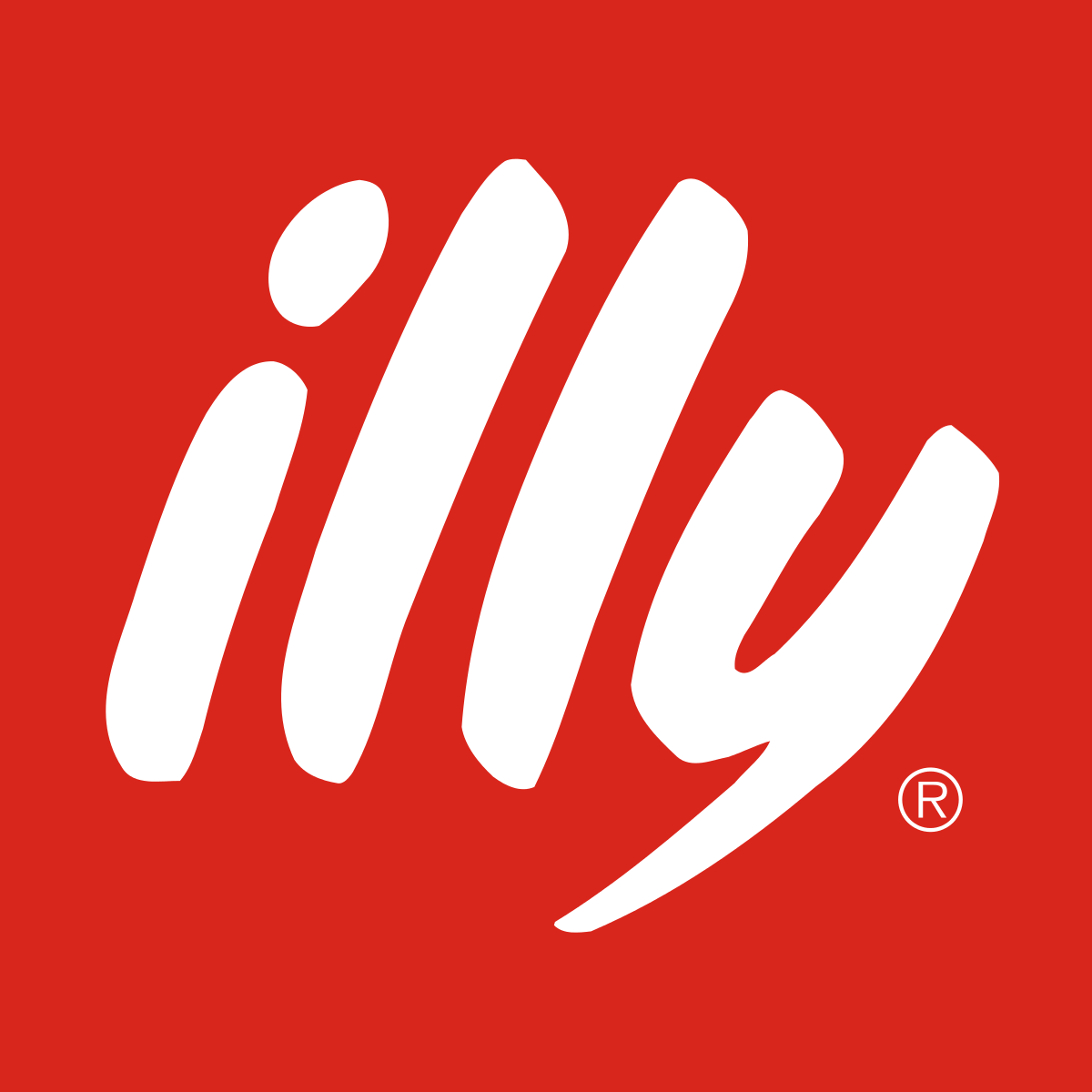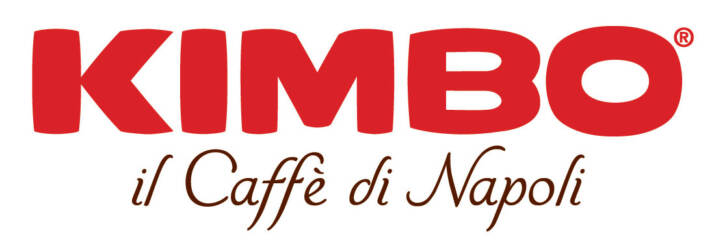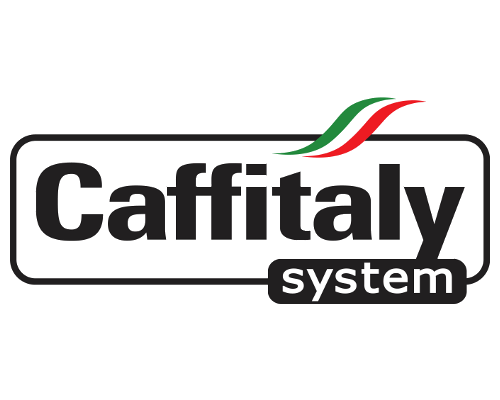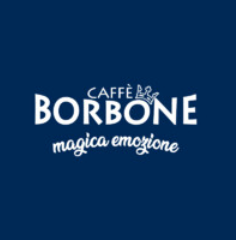Sintesi
Since 2020, the coffee market has continued to evolve with significant trends and shifts in consumer behavior, particularly in Italy. The Italian coffee sector experienced a downturn in 2020, with a turnover drop of 8.6% due to the Covid-19 pandemic, as the HORECA sector lost 40% of its turnover and automatic coffee machine sales halved compared to 2019. However, retail and e-commerce sectors saw turnover increases. The shift toward home consumption is evidenced by the 37.2% of Italians preferring the moka in 2020, down from 53.3% in 2014, and the pod/capsule machine preference rising to 39.5%. Capsules accounted for 28.4% of coffee sold in large-scale retail, and their sales surged by 24% in March 2020 and exceeded 30% growth in the following two months. Export-wise, Italian coffee exports grew by +10.58% from 2016 to 2020, with major destinations being European countries. Italy notably imports from Brazil (26.38% of total imports) and Vietnam (14.88%). Despite fluctuations, global coffee consumption saw an average increase of 2 percent per year between 2013 and 2019, and Arabica coffee, which contains around 1.2% caffeine, remains the preferred variety, accounting for about 60% of production compared to Robusta's 40%, which has almost double the caffeine content.
Italian Coffee Market: Embracing Tradition and Innovation
Italy’s passion for coffee is evident, with an overwhelming majority of the population, approximately 97%, indulging in its consumption. The cultural significance of coffee in Italy is evident, and the market continues to thrive despite the challenges posed by the COVID-19 pandemic. The Italian coffee market experienced a substantial increase over the past decade, with the number of enterprises in the "Coffee processing" sector growing by more than 100% from 2010 to 2019, from around 1,000 to over 2,100 enterprises. Moreover, the turnover for this sector saw a substantial rise from approximately €300 million to nearly €500 million annually over the same period. When delving into consumer preferences, there has been a clear shift towards a new era of coffee consumption in Italy, with a noticeable decline in the use of the traditional moka in favor of pod/capsule machines. The preference for the moka decreased from 53.3% to just above 35%, while the pod/capsule preference rose from below 30% to nearly 40%. This reflects the trend towards convenience and variety offered by pod/capsule technology. The Italian consumer values the sensory pleasure, the relaxation, and the social interaction that comes with drinking coffee. There has been an increase in the diversity of coffee types consumed, with regular coffee's popularity slightly decreasing from over 75% to around 60%, while options like cappuccino, ristretto, and café latte have gained favor. Economically speaking, Italian households have been spending more on coffee over the years, with the average monthly expenditure on coffee purchases rising from just under €10 to more than €11. This increase aligns with the rising popularity of premium products like coffee pods and capsules, which carry a higher price point than traditional ground coffee. The market has witnessed significant shifts not just in consumer preferences but also in the methods of preparation and distribution. Coffee capsules, representing nearly a third of coffee sold in large-scale retail, exhibit robust growth with sales soaring by more than 20% in both value and volume in early 2020. Meanwhile, the purchase of coffee in bars and restaurants, previously a strong trend, saw a dramatic decrease of 44% in 2020 due to the pandemic.
Leading Luminaries: Top Contenders in the Italian
Coffee Market Italy's coffee culture is renowned around the globe, and its market is driven by a relentless pursuit of quality and tradition. At the helm of this flourishing industry are powerhouses whose names are synonymous with Italian coffee. Here, we highlight the principal players who, through their influence and expertise, shape the landscape of coffee consumption not only within the peninsula but far beyond its borders.
Lavazza Group stands as a testament to Italian innovation and global reach. Founded in 1895 in Turin, Lavazza has grown from a small grocery store into a worldwide coffee empire, providing a range of products that cater to diverse preferences. Lavazza's offerings include traditional espresso blends, single-origin coffees, and cutting-edge coffee capsules, each contributing to the rich tapestry of Italy's coffee narrative. Next in line is the Massimo Zanetti Beverage Group, a family-owned enterprise that has expanded its influence across the international stage. It owns several brands and operates an integrated chain, from coffee procurement to direct sales, including a wide array of high-end commercial and home-use coffee machines. Their presence in the global market underscores the universal appeal of Italian coffee. Another venerable name, Illy, emanates from the coastal city of Trieste – a hub of coffee culture in its own right. Illy is celebrated for its high-quality, smooth-tasting espresso coffee, rigorous sustainable practices, and its dedication to art and innovation. The company’s iconic illy Cup Collection is a fusion of caffeine and culture, an embodiment of Italian style. Not to be overshadowed, Nestlé Italia, under its Nescafé brand, has made significant inroads into the espresso-dominant Italian market. Their focus on convenience with Nescafé Dolce Gusto and Nespresso systems has transformed the way Italians consume their daily coffee, bringing the ritual into the modern age. Caffè Borbone follows closely, based in Caivano. This Neapolitan coffee brand is famed for its strong, intense espresso, a staple for those who prefer their coffee with a hearty Southern Italian character. Their robust flavors encapsulate the essence of Naples – a city as passionate about its coffee as its heritage. From the busy streets of Naples, we move to the soul-stirring aromas of Kimbo, another Neapolitan stalwart that has spread the city’s distinctive espresso culture far and wide.
per comprendere questo mercato
Dettaglio del contenuto
 Informazioni
Informazioni
- Pagine : 30 pags
- Formato : Versione PDF e digitale
- Ultimo aggiornamento : 05/02/2024
 Riepilogo ed estratti
Riepilogo ed estratti
1 Market Overview
1.1 Definition and presentation
Coffee is a beverage with stimulating and invigorating properties obtained from the infusion of roasted and ground beans. Usually served hot, it can be prepared and presented in different ways. Coffees are sometimes blended to create unique flavors. This technique is called "blending."
There are about 124 varieties of coffee in the world, which can be divided into two main categories:
- Arabica coffee: sweet, not very dense and with great aromatic finesse. It accounts for 75 percent of world coffee production and its beans contain about 1.5 percent caffeine.
- Robusta coffee: more dense, bitter and powerful than Arabica, but less aromatic. It accounts for 20 percent of world production and its beans have a caffeine content of about 2.7 percent.
The market can be segmented by product type (whole beans, ground coffee, instant coffee, pods and capsules) and by distribution chain (hotel, restaurant and cafeteria sector; large-scale distribution, retail).
Coffee is the second most traded commodity in the world after oil and the most consumed beverage after water. The global coffee sector is very dynamic. In July 2021, 10.61 million bags of coffee were exported while coffee prices have increased by 51.3 percent since the beginning of the year. Between 2021 and 2026, the compound annual growth rate is estimated at 4.28%.
Coffee is an integral part of Italian culture. In fact, only 3% of Italians are not used to drinking coffee. In 2018, Italian coffee consumption accounted for 11% of total European consumption. However, the coffee market is highly fragmented, with over 90% independent coffee shops and a small number of international chains in the country.
The coffee sector's turnover fell by 8.6 percent in 2020. This decline is due to the Covid 19 pandemic. The hotels, restaurants, and coffee sector lost 40 percent of its turnover, and the automatic coffee machine sector halved its turnover compared to 2019. The retail and e-commerce sectors, on the other hand, saw their turnover increase.
1.2 World market
Coffee, which is differentiated into Arabica and Robusta, is the most traded agricultural product in the world.
Arabica coffee, which accounts for about ** percent of production, is mainly grown in Latin America: the world's largest producer is Brazil, which produces ** percent of the total supply. Robusta coffee production, on the other ...
1.3 Domestic market
Italy has slightly more than *,*** companies in the "Coffee processing" sector, or roasters, with a turnover of nearly €*** million in ****.
In order to analyze the Italian domestic coffee market, we refer to data prior to the Covid-** pandemic that testify its dynamism.
The market has been experiencing strong increases for the ...
1.4 International trade
Italy imports and exports a lot of coffee.
We see in the data below that in * years from **** to ****, exports increased by +**.**% while imports dropped by -**.**%.
External trade of coffee Italy, ****-****, millions of $ Source: ****
The top three destinations of Italian coffee exports are European : **.**% of the total goes to ...
1.5
2 Demand analysis
2.1 The Italian consumer, his preferences and habits
The following data are extracted from a study conducted in October **** by AstraRicerche on behalf of the Coffee Promotion Consortium, through online interviews with a representative sample of *,*** Italians aged ** to **, and following the same study conducted since ****.
We compare these results to analyze the type and behavior of Italian consumers ...
2.2 Purchasing factors
We see in the chart below that in Italy, according to the same study conducted by AstraRicerche, the reasons why Italians buy and consume coffee are to seek pleasure, to relax and to share a moment with other people.
What does coffee represent for you? Italy, ****, % Source: ****
The chart below demonstrates ...
2.3 Market trends
An evolution in the way coffee is prepared
The moka is a coffee maker designed by Alfonso Bialetti in **** and subsequently produced in more than *** million units. It is a product of Italian industrial design that is famous worldwide, but also by tradition because until a few years ago it was ...
2.4
3 Market structure
3.1 The coffee sectors in Italy
In addition to the two main trade categories that make up the coffee sector in Italy, namely "Coffee processing" and "Roasted coffee retailing," which we analyzed in the part on the domestic market, we find the following categories.
The "Wholesale Coffee Trade" sector, which covers companies in the main producing countries ...
3.2 Distribution channels
We see in the graph below that supermarkets account for **.* percent of the large-scale retail trade (***), making them the most important coffee distribution channel.
Coffee distribution channels Italy, ****, % Source: ****
Below instead we see the sales of coffee in the restaurant sector, and we can see that regular coffee is much more ...
3.3 The main distributors
[***]
3.4
3.5
4 Supply analysis
4.1 Product overview
Overview
There are two main varieties of coffee beans Arabica which grows at high altitude (***) and is the most cultivated, and Robusta which grows at a lower altitude and is more concentrated in caffeine. Specifically, the caffeine content of Arabica beans is *.* percent, while that of Robusta beans is *.* percent.
Globally, ...
4.2 Prices charged in the market
Below, with prices from large Italian retailers as a reference, we find the average price of an espresso, considering using * grams to prepare it and excluding the expense of buying the coffee machine.[***]
In the graph below, we find the consumer price index for coffee in Italy, which is the tool ...
4.3 The ecological issue of waffles
Carbon footprint
Coffee pods are convenient in that they provide good storage and the right proportion for consuming a cup of coffee.
However, they are often made of plastic, or a hybrid of aluminum and plastic. This, combined with the fact that recycling rates are low, has led to widespread criticism ...
5 Regulations
5.1 Regulations concerning the production, preparation and sale of coffee in Italy
We list below the articles of law and regulations that apply to the coffee sector in Italy.
Regulation No. ***/**** of **.**.****, laying down the general principles and requirements of food law, establishing the European Food Safety Authority and laying down procedures in the field of food safety Regulation No. ***/**** of **.**.**** on the ...
6 Positioning of actors
6.1 Segmentation
[***]
- Luigi Lavazza Spa
- Illycaffè
- Kimbo
- Caffitaly
- Caffè Borbone
- Nestle' Italia
 Grafica
Grafica
- Commercio esterno di caffè
- Destinazioni principali delle esportazioni italiane di caffè
- Paesi di provenienza principali delle importazioni italiane di caffè
- Consumo annuo di caffè
- Consumo di caffè per regione
Tutti i nostri studi sono disponibili online e in PDF
Ti invitiamo a consultare un esempio del nostro lavoro di studio su altri mercato!
Aziende citate in questo studio
Questo studio contiene un panorama completo di società di mercato con le ultime cifre e le notizie di ogni azienda :
 Perché Scegliere Questo Studio :
Perché Scegliere Questo Studio :
Accedi a più di 35 ore di lavoro
I nostri studi sono il risultato di oltre 35 ore di ricerca e analisi. L'uso dei nostri studi ti consente di dedicare più tempo e aggiungere valore ai tuoi progetti.
Approfitta di 6 anni di esperienza e oltre 1.500 studi settoriali già prodotti
La nostra competenza ci consente di produrre studi completi in tutti i settori, inclusi i mercati di nicchia o emergenti.
Il nostro know-how e la nostra metodologia ci consentono di produrre studi con un valore unico di denaro
Accedi a diverse migliaia di articoli e dati a pagamento
BusinessCoot ha accesso all'intera stampa economica a pagamento e ai database esclusivi per svolgere studi di mercato (+ 30.000 articoli privati e fonti).
Al fine di arricchire i nostri studi, i nostri analisti utilizzano anche indicatori Web (semrush, tendenze, ecc.) Per identificare le tendenze in un mercato e strategie aziendali. (Consulta le nostre fonti a pagamento)
Supporto garantito dopo l'acquisto
Una squadra dedicata al servizio post-vendita, per garantirti un alto livello di soddisfazione. +39 380 247 7810
Un formato digitale progettato per i nostri utenti
Accedi a un PDF ma anche una versione digitale per i nostri clienti. Questa versione consente di accedere a fonti, dati in formato Excel e grafica. Il contenuto dello studio può quindi essere facilmente recuperato e adattato per i tuoi supporti.
 Le nostre offerte :
Le nostre offerte :
the coffee market | Italy
- Quali sono i dati relativi alle dimensioni e alla crescita del mercato?
- Cosa sta influenzando l'andamento e l'evoluzione del mercato?
- Qual'è il posizionamento degli attori di mercato?
- Segmentazione e profilo delle aziende operanti nel mercato
- Dati e numeri da una molteplicità di fonti
Pacchetto di 5 studi (-15%) IT Italy
- 5 rapporti a 75,6 € IVA esclusa per studio da scegliere dal nostro catalogo italiano per 12 mesi
- Risparmiare il 15% sugli studi aggiuntivi acquistati
- Scegliere il rimborso del credito non utilizzato al termine dei 12 mesi (durata del pacchetto).
Consulta i termini e le condizioni del pack e del rimborso del credito non utilizzato.





